
Dr. Jennifer Thomas, Dr. Stacie Grossfeld, and Dr. Preeti Panchang collaborated on a poster accepted at the American Medical Society for Sports Medicine’s 2016 meeting.
As the residents from the University of Louisville rotate through Dr. Grossfeld’s office they get to observe routine and sometimes very unique orthopedic cases. Over the years, some of the medical residents have used these interesting and unusual cases to present at different medical conferences around the country. This year Dr. Brittney Richardson and Dr. Jennifer Thomas, two physicians who have worked very closely with Dr. Stacie Grossfeld at Orthopaedic Specialists, have had poster presentations accepted at the 25th annual meeting of the American Medical Society for Sports Medicine.
Dr. Brittney Richardson, Chief Resident with the Department of Family Medicine and Geriatrics at the University of Louisville, had a poster presentation accepted at the American Medical Society of Sports Medicine conference titled: Ouch Mom, My Hip: Diagnosing Hip Pain in a Limping Child. This write up provided an overview of one of Dr. Grossfeld’s patients with a unusual pediatric condition.
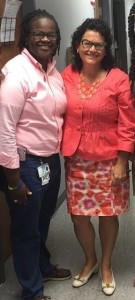
Dr. Stacie Grossfeld and University of Louisville School of Medicine resident Dr. Brittney Richardson.
Dr. Richardson’s presentation involves a 6 year old male who presented to Orthopaedic Specialists with a complaint of left hip pain for 3 days. According to his mother, she initially ignored his complaints until he woke up complaining that the pain was so bad, he could not stand up. He plays soccer and in his game 2 days prior to presentation he had a fall. He complained about the pain, but it initially did not seem to hinder his activity. The day after the fall, he went to baseball practice and went swimming with no complaint of pain. However, with the pain acutely worsening on the morning of presentation, his mother became concerned. Presenter Dr. Brittney Richardson will discuss the treatment plan and the patient’s final outcome. Authors on this are listed as follows: Brittney M. Richardson, M.D., Stacie L. Grossfeld, M.D., Jessica Stumbo, M.D., Jennifer Daily, M.D.
Dr. Jennifer Thomas had a case study accepted for the conference, which she will present, titled: Biomechanical Evaluation: A Case of Delayed Diagnosis. This includes a case history and detailed discussion about an 18 year-old female competitive cross country runner who presented to the office with complaints of tightness, pressure and pain in the bilateral calves as well as numbness in the feet while running. She had been symptomatic for the past 6 months and treated for multiple different etiologies with no relief of her symptoms. She states these symptoms start within 15 to 20 minutes and resolve after resting for several minutes. She was treated for anterior tibialis tendonitis and medial tibial stress syndrome with physical therapy, rest, ice, and NSAIDs without relief. The authors on this project also include: Dr. Stacie Grossfeld and Dr. Preeti Panchang. The presentation details the treatment plan and final outcome of the patient.
About the American Medical Society for Sports Medicine:
The American Medical Society for Sports Medicine (AMSSM) was founded in 1991. The organization is focused on supporting practitioners in sports medicine including primary care doctors and those offering non-surgical sports medicine treatment. The 25th Annual AMSSM Meeting is being held in Dallas, Texas, at the Sheraton Dallas on Friday April 15th through Wednesday April 20th 2016.
 involve a lot of jumping can be prone to developing stress fractures. Also, those with osteoarthritis often developed stress fractures due to their weakened bones.
involve a lot of jumping can be prone to developing stress fractures. Also, those with osteoarthritis often developed stress fractures due to their weakened bones.
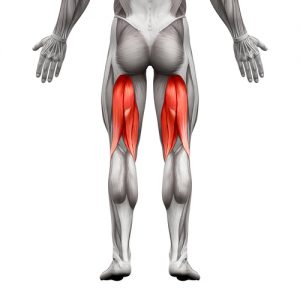
 every case is specific for each athlete and injury, new information about ACL reconstruction surgery has been published to provide a better insight into this type of injury.
every case is specific for each athlete and injury, new information about ACL reconstruction surgery has been published to provide a better insight into this type of injury.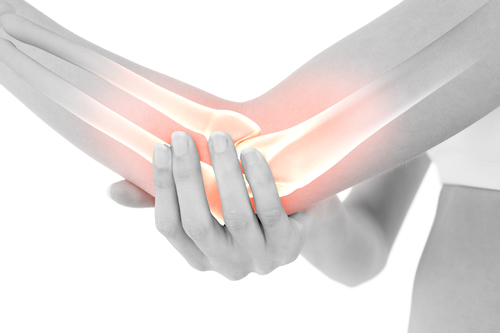 7.8 per 1000 male patients. The second highest incidents were among those ages 50 to 59 years of age, where the distribution of male and the female patients was equal.
7.8 per 1000 male patients. The second highest incidents were among those ages 50 to 59 years of age, where the distribution of male and the female patients was equal.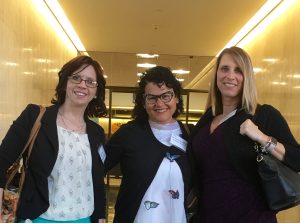 The Orthopaedic Specialists’ management team, including Dr. Stacie Grossfeld (orthopedic medical practice owner) Tisha Robison (orthopedic medical practice manager) and Dorothy Cochran (assistant practice manager)) enjoyed participating in a workshop for Louisville, KY-area businesswomen sponsored by PNC and held at the PNC tower downtown. A presentation by
The Orthopaedic Specialists’ management team, including Dr. Stacie Grossfeld (orthopedic medical practice owner) Tisha Robison (orthopedic medical practice manager) and Dorothy Cochran (assistant practice manager)) enjoyed participating in a workshop for Louisville, KY-area businesswomen sponsored by PNC and held at the PNC tower downtown. A presentation by 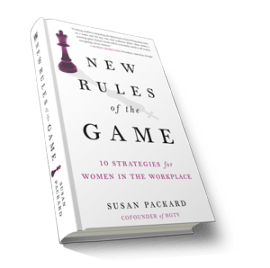 Operating Officer of HDTV. Under Packard’s leadership, HDTV became one of the fastest-growing cable networks in TV history. Packard help build Scripps Networks Interactive into a market value worth over $10 billion. Now Susan works as a writer, speaker and consultant to business women in every stage of life. She serves as mentor and guide, helping women learn how to achieve success at home and at work.
Operating Officer of HDTV. Under Packard’s leadership, HDTV became one of the fastest-growing cable networks in TV history. Packard help build Scripps Networks Interactive into a market value worth over $10 billion. Now Susan works as a writer, speaker and consultant to business women in every stage of life. She serves as mentor and guide, helping women learn how to achieve success at home and at work. to develop a higher proficiency. Yet sports specialization comes with physical complications for some young athletes including a higher risk of youth sports injuries. When children begin to practice and compete year-round in only one sport, certain muscles and joints tend to become overworked and youth sports injuries are a serious risk.
to develop a higher proficiency. Yet sports specialization comes with physical complications for some young athletes including a higher risk of youth sports injuries. When children begin to practice and compete year-round in only one sport, certain muscles and joints tend to become overworked and youth sports injuries are a serious risk.

 Louisville orthopedic surgeon and sports medicine physician
Louisville orthopedic surgeon and sports medicine physician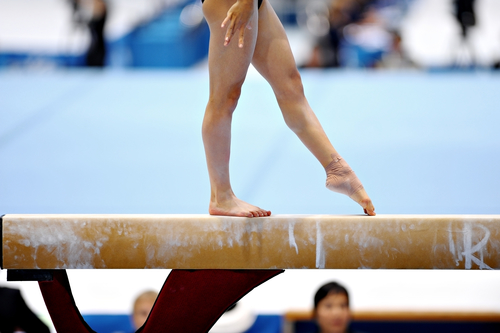 addresses the issue of patella dislocation or subluxation in high school athletes. Before reviewing these research findings, it may be helpful to define these two types of injuries.
addresses the issue of patella dislocation or subluxation in high school athletes. Before reviewing these research findings, it may be helpful to define these two types of injuries.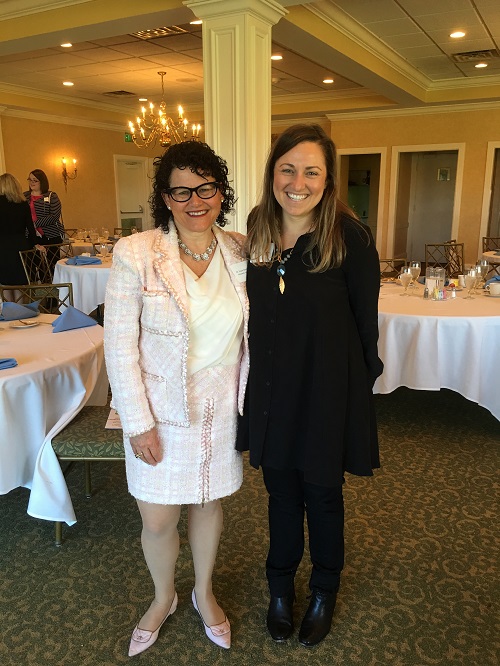 As owner of
As owner of
Recent Comments